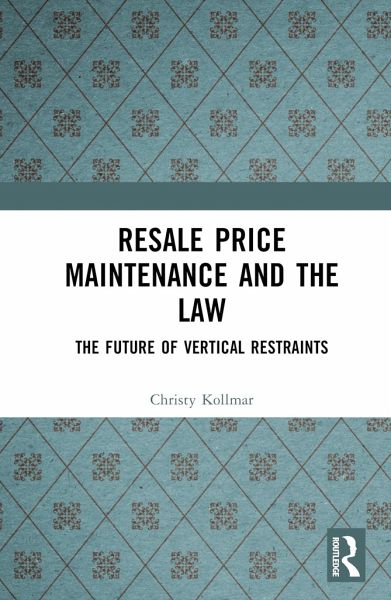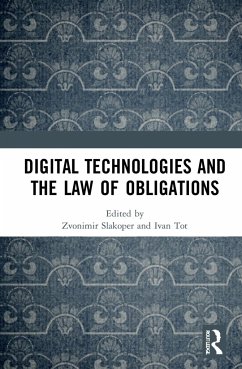
Resale Price Maintenance and the Law
The Future of Vertical Restraints
Versandkostenfrei!
Versandfertig in 1-2 Wochen
223,99 €
inkl. MwSt.
Weitere Ausgaben:

PAYBACK Punkte
112 °P sammeln!
The question of how to properly enforce against RPM has been a contentious debate for decades on both sides of the Atlantic. The catalyst is the acceptance that RPM can generate both anti-competitive effects and pro-competitive efficiencies that need to be properly balanced to ensure against Type I/Type II errors and to create viable legislation. Part I focuses on 100 years of US origins and the current legal approach to VR enforcement, which reveals the precedent responsible for the transition between per se illegality and the rule of reason thresholds at the federal level. Nine anti-competit...
The question of how to properly enforce against RPM has been a contentious debate for decades on both sides of the Atlantic. The catalyst is the acceptance that RPM can generate both anti-competitive effects and pro-competitive efficiencies that need to be properly balanced to ensure against Type I/Type II errors and to create viable legislation. Part I focuses on 100 years of US origins and the current legal approach to VR enforcement, which reveals the precedent responsible for the transition between per se illegality and the rule of reason thresholds at the federal level. Nine anti-competitive and 19 pro-competitive theoretical models are also introduced to clearly demonstrate the true nonconsensus existent between economists as to whether RPM is deleterious enough to justify a stringent approach to RPM regulation. Part II closely examines the EU origins and current legal structure, where RPM has maintained its hardcore by-object designation pursuant to Art. 101(1) TFEU with the consequence of having no safe harbours, no applicability of the De Minimus Doctrine, an onerous negative rebuttable presumption, non-severability of the agreement and almost no chance of obtaining an exemption under Art. 101(3). This is exacerbated by the EC's lack of guidance on how to prove all conditions necessary for an Art. 101(3) exemption and when a vertical arrangement actually escapes Art. 101(1) applicability. The aim of this book is to examine the economic models, historical origins and legal structures of the US/EU regimes to develop proposals on how to modify the EU's current legal structure to ensure proper enforcement of RPM behaviour that actually enhances legal certainty through a more aligned approach at the national level. Part III proposes five solutions which scrutinise the concepts of appreciability, hardcore and by-object restraints, to implement modifications to EU's current legal framework to ensure RPM receives reasonable and equitable treatment in line with economic theory.














